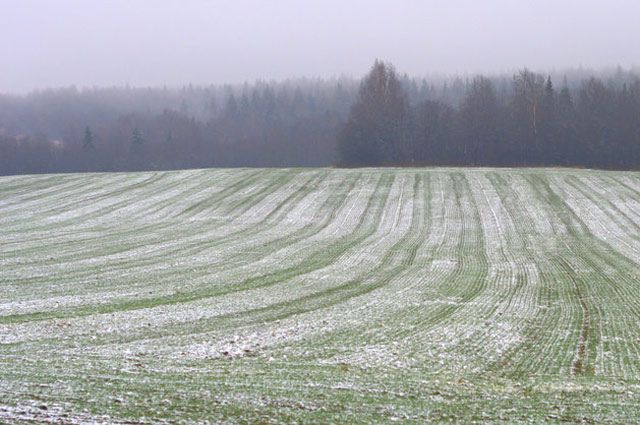Grain market under the influence of investors

Changing weather conditions in large grain production areas, namely Russia, Ukraine and South America, have a depressing effect on the futures market. There is now also strong influence from financial investors.
Fall in prices in the grain futures markets in the previous week are, in part, due to the fact that trade is currently more strongly influenced by parties engaged in financial market developments than by purely agro-economic market parties. As a result, the grain market is also strongly feeling the macroeconomic consequences of the Covid-19 crisis.
The export tax on wheat imposed by Russia will not have sufficient effect given the development of prices on the world market. That is to say, domestic prices are rising just as well.
The Russian government has now issued a fairly optimistic forecast for the next grain harvest. The question is, how much value can be attached to this, given the drought that the Russians had to deal with in the autumn and therefore not great conditions for the sown winter crops. Which is partly under a protective layer of snow. The snow has disappeared in Ukraine and southern Russia, which has provided some supplement to the low groundwater level.
Rain in South America
The corn price was hit in the United States as a result of a last-minute move by the Trump administration. A number of refineries were exempted from bioethanol blending. It has also rained in South America, a more important influence.
Less corn in Ukraine
There are reports from Ukraine that there is no need to limit corn exports. However, according to the US Department of Agriculture, Ukraine has 8% acreage expansion for maize, but the production per hectare is much less that the harvest of 29.5 million tons will be approximately 6.5 million tons lower. Ukraine’s maize exports are lagging behind those of last season. According to the International Grains Council, the 2020-21 harvest will be about one-sixth lower than the 35 million tons of the last crop. The current state of exports is a quarter or 3.5 million tonnes behind compared to the previous season.
Read also
Wheat in Southern Brazil Impacted by Dry Weather and Frosts
Oilseed Industry. Leaders and Strategies in the Times of a Great Change
Black Sea & Danube Region: Oilseed and Vegoil Markets Within Ongoing Transfor...
Serbia. The drought will cause extremely high losses for farmers this year
2023/24 Safrinha Corn in Brazil 91% Harvested
Write to us
Our manager will contact you soon



